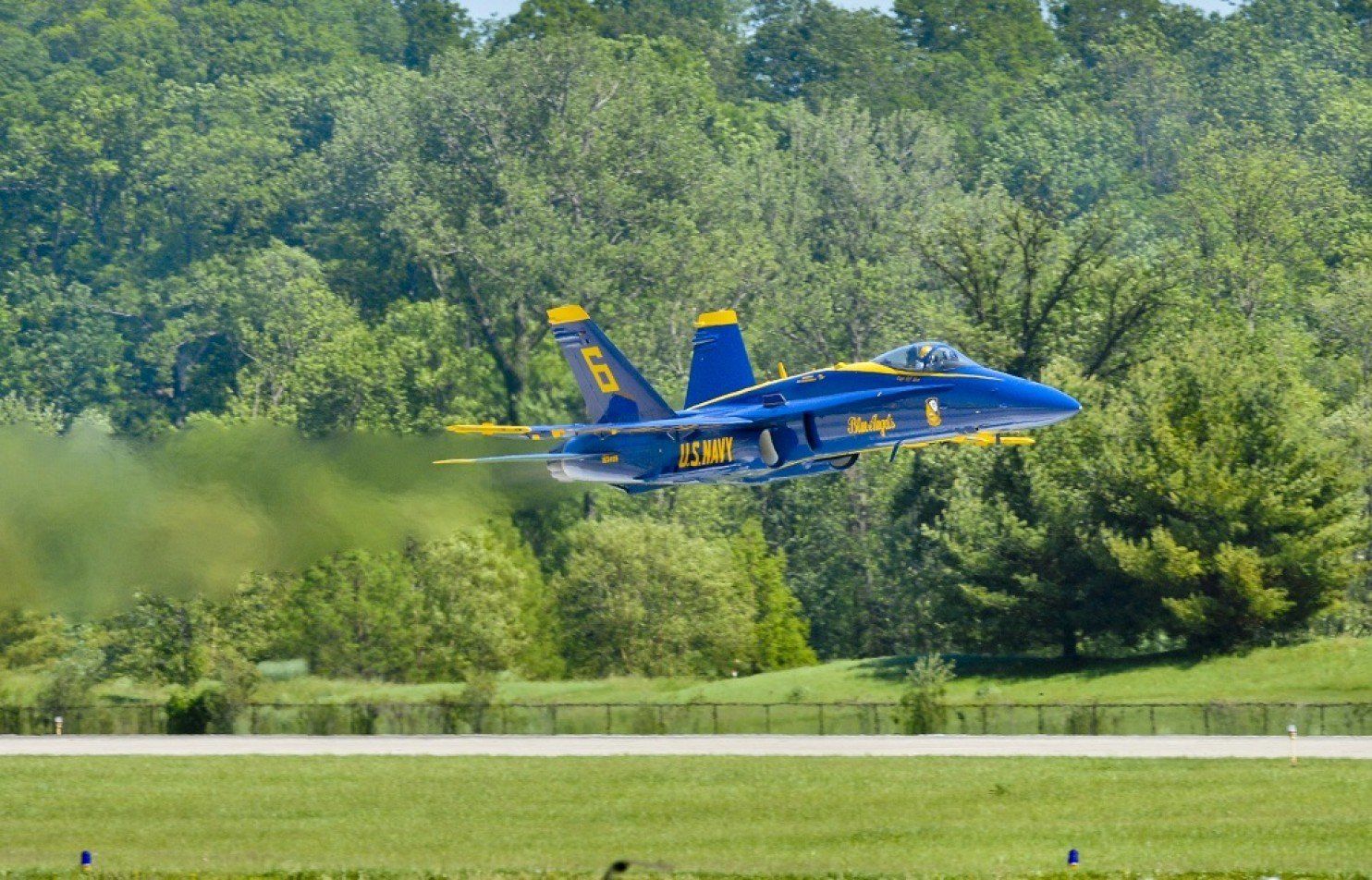
The pilot of the Blue Angels jet that crashed on June 2 in Tennessee was too fast and low when he flew an aerobatic maneuver during practice, the Navy said Thursday. Jeff Kuss, 32, who died in the crash, flew a split S maneuver 300 feet lower than required and had the afterburners on in his F/A 18C Hornet, resulting in a speed that was at least 50 knots too fast, according to a report by the Navy Times. Officials also reported that the clouds were at 3,000 feet, which was a possible factor in Kuss flying the split S too low. “Clouds at about 3,000 did not impact the solos’ ability to fly, but that weather was likely a contributing factor to Capt. Kuss’ decision to initiate the ‘Split S’ maneuver below the normal altitude,” the head of Naval Air Forces said in a statement. The required speed for the maneuver is 125 to 135 knots, but Kuss was flying at 184 knots, investigators found. “When you combine that with afterburners, it resulted in rate of descent that he didn’t recognize,” a Navy spokeswoman told the Times.
Those errors, along with findings that Kuss had forgotten routine tasks such as turning on his transponder and entering his squawk code, also led officials to believe that fatigue was a factor. “Every other squadron in the fleet has the ability to find a substitute pilot to complete the mission or execute an alternative mission,” the Navy’s statement said. “However, if one of the Blue Angels pilots is not ready, there are no other pilots who can readily cover their position for a show.” The Navy will continue to examine safety policies and flight operations, and the split S maneuver has been removed from the Blue Angels’ flight routines, the Times reported.


































